19 Creative Interior Design Ideas
This guide shares interior design ideas to transform rooms into works of art, how to apply color trends, and winning interior design business ideas to start with minimal capital.
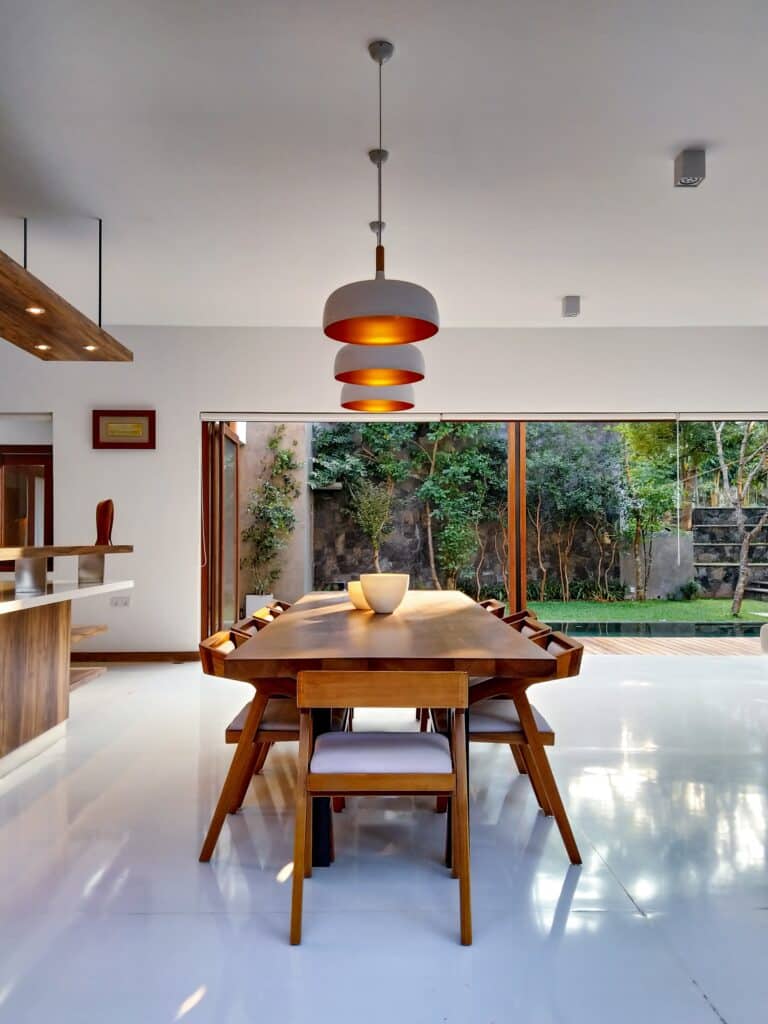
Are you always searching for inspirational interior design ideas? Then you’ll love these creative interior design and designer business ideas to help you create beautiful interiors with style and grace.
Whether you’re renovating your own house or building a client’s new dream home, these insightful design ideas will help you get started. There are also many practical designer business ideas to use color trends in your designs and cash in on your creative designer skills.
What are the trending creative interior design ideas to follow in 2023?
Many award-winning interior designers struggle to consistently find the right look with the perfect colors, materials, and design. Graceful and creative interior design ideas are hard to find because combining all the elements to make the interior space elegantly beautiful can feel much like producing a fine-art painting.
Here are six creative interior design ideas for you to explore:
1. Interior design theme ideas
Interior design themes are classified into Contemporary and Traditional. Contemporary themes contain straight lines and a modern finish with no clutter, whereas traditional themes typically represent region-specific or time/age-specific finishes and looks.
Good interior design themes will make your client’s home stand out and invite viewers to linger and recommend it to their friends. You can help them find the best fit by analyzing their lifestyle, preferences and doing some research to find the right theme for their space.
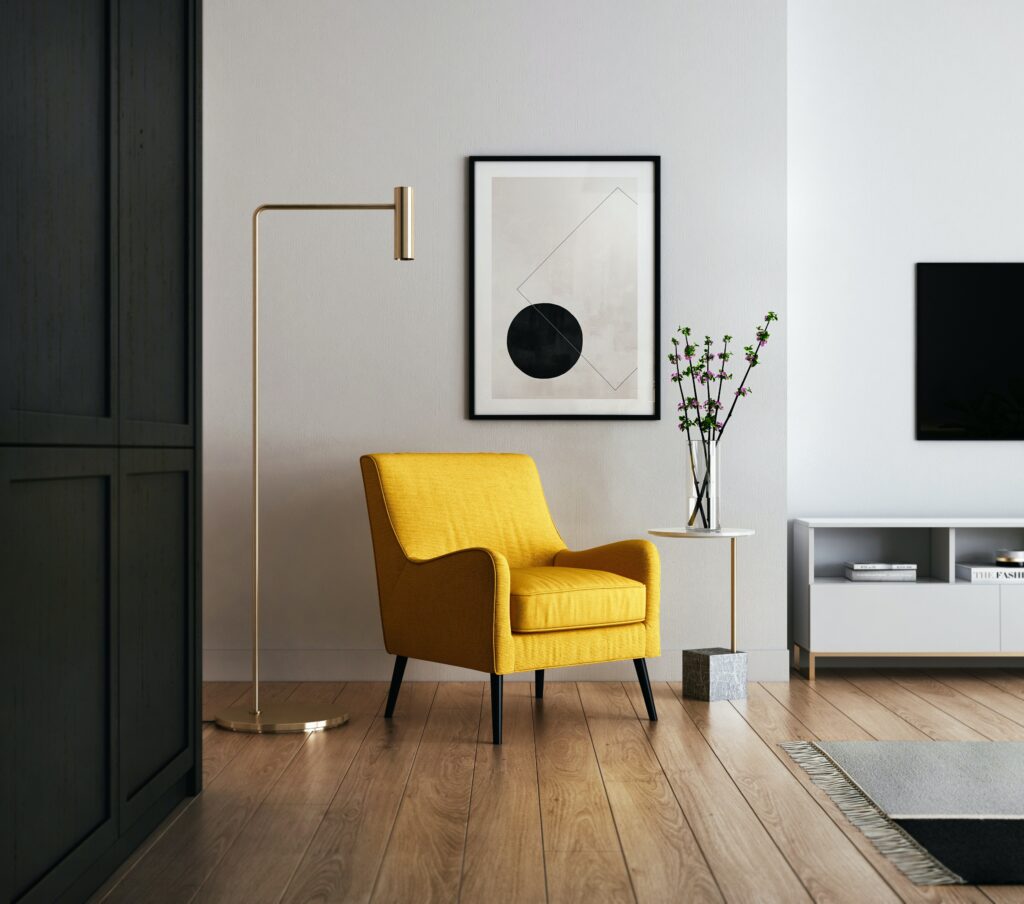
2. Interior design blog ideas
Blogging is the writing, photography, and other forms of media that’s self-published online. It’s one of the many avenues interior designers can use to share their creative knowledge about interior design.
Popular interior design blog ideas include writing about Ideas & Inspiration, How-To Guides, Comparisons, Best of, Color Schemes, Trend Specifics, and Lifestyle. You can break down each framework into smaller segments and explain further.
3. Interior design portfolio ideas
An interior design portfolio is an in-depth visual resume that showcases previous interior design project work. A portfolio includes more pictures than words with a focus on an interior designer’s style.
Some creative interior design portfolio ideas include sketching/hand rendering, 3D rendering of design boards, building a website to select stylish portfolio templates, attaching testimonials, progression records of projects, and customizing your portfolio with graphic design software.
4. Shiny and reflective surfaces
Reflective surfaces such as glass, tabletop marbles, mirrors, and other items will reflect light and color throughout a room. The bouncing reflections are often perceived as an increase in volume, which is what makes a room seem brighter and bigger than it is.
Mirrors can be placed on the opposite side of a window, and this positioning will create the optical illusion of an expansive world beyond the confines of a small room. It’s ideal for small bathrooms, bedrooms, living rooms, or kitchens.
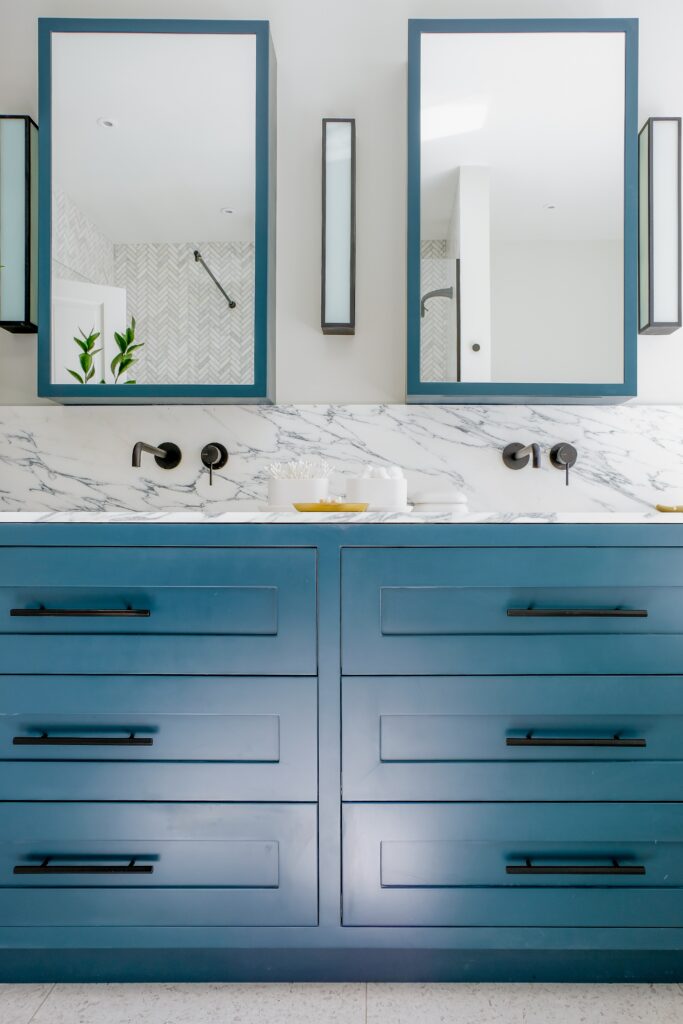
5. Multi-purpose furniture
Furniture can be redesigned to fulfill many purposes and conserve space. Dining tables could be doubled to become pool tables in the dining room, while staircases can be remodeled to make way for storage spaces.
The trick is to connect the dots by combining the functionalities of one or more pieces of furniture and fitting them in the living spaces. Let’s put your sharp observation skills to work.
6. Layered Lighting
Lighting will enhance an intended style for interior designs. Try playing with a mix of overhead, ambient, task, and accent lighting within your designs. Pay close attention to matching lighting fixtures to other elements in the room for continuity.
Continuity can be achieved through color, texture, or material, so the space feels cohesive and not siloed. The same concept also applies to matching textures with similar fabrics to get the comfy style you desire in the kitchen.
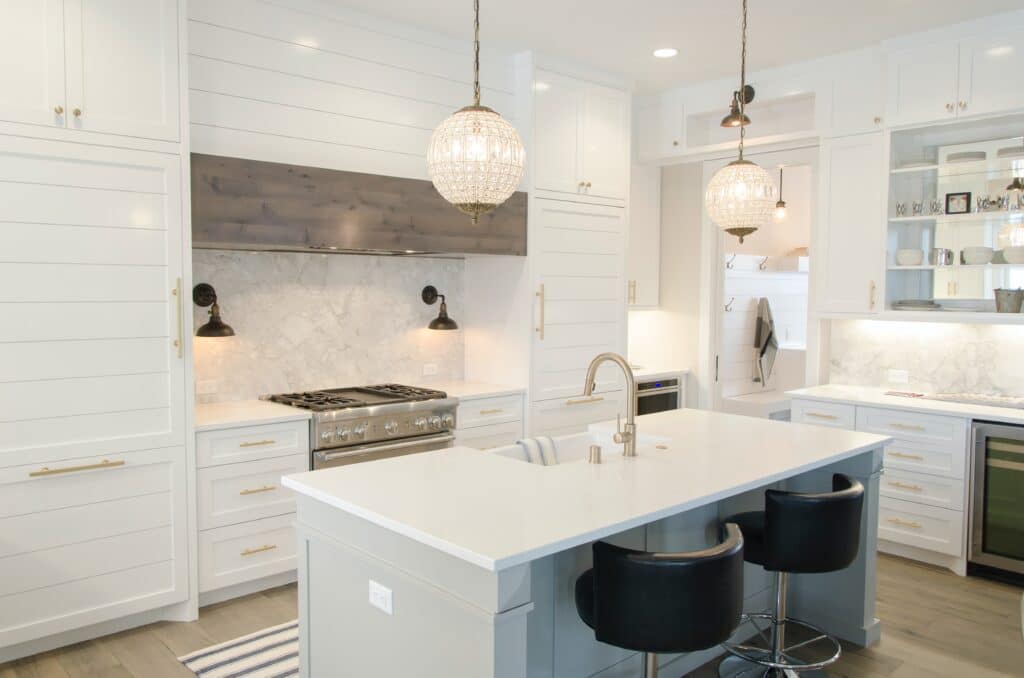
4 Ideas on How to Use Color in Your Interior Design
Colors play a crucial role in interior design, as they can evoke emotions, set moods, and create a harmonious or contrasting atmosphere. Choosing the right color combinations can make or break the overall look and feel of a room. Let’s explore the best practices for combining colors in interior design, how many colors should be in a room, and the latest in color trends.
1. How do you combine colors in interior design?
There are various ways to combine colors in interior design, but the most popular ones are:
- Complementary: choosing colors that are opposite each other on the color wheel, such as blue and orange or yellow and purple.
- Analogous: selecting colors that are next to each other on the color wheel, such as blue, green, and turquoise.
- Monochromatic: using different shades and tones of the same color, such as light blue, navy blue, and teal.
- Triadic: selecting three colors that are evenly spaced on the color wheel, such as green, orange, and purple.
To create a cohesive and balanced look, it’s essential to consider the color scheme of the entire house and choose a dominant color that can be used throughout the rooms, then add accent colors that complement it.
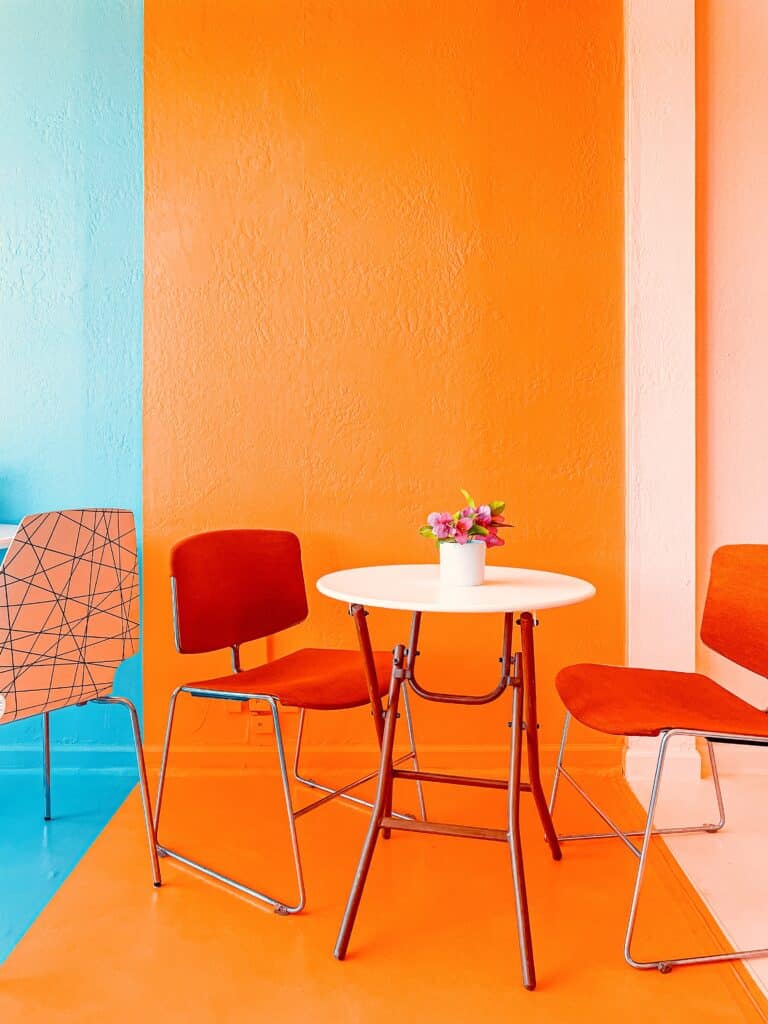
2. How many colors should be in a room?
The number of colors in a room depends on the size, purpose, and style of the room. Generally, it’s best to stick to a maximum of three colors to avoid overwhelming the space. The dominant color should cover about 60% of the room, while the secondary and accent colors should cover 30% and 10%, respectively. However, it’s important to note that rules can be broken, and experimenting with different color combinations can lead to exciting and unexpected results.
3. What is the color trend for 2023?
In 2023, interior designers expect homeowners to gravitate toward mixing warm and cool tones within the same area. This blend of warm and cool tones is inspired by nature and the environment. Colors such as sage green, terracotta, dusty pink, and deep blue are expected to dominate the interior design scene, as they create a calming and serene atmosphere. These colors can be used in combination with neutral colors, such as beige, white, and gray, to balance the overall look and feel of the room.
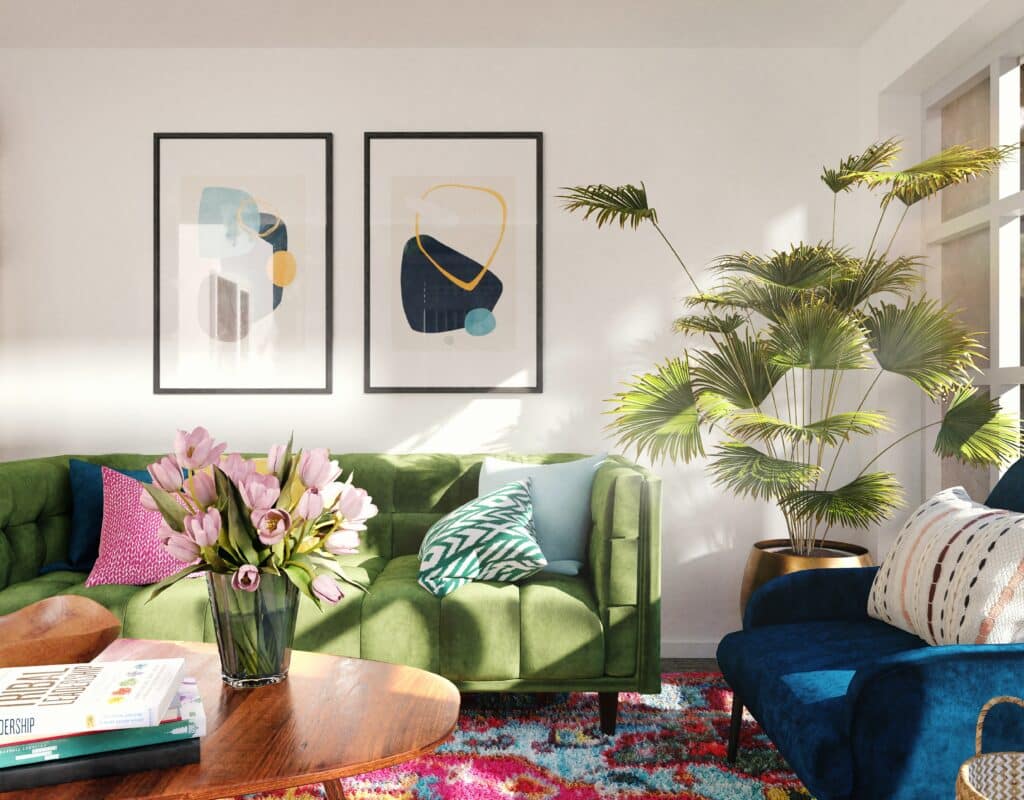
4. What is the new color for 2023?
The Pantone color of the year for 2023 is Viva Magenta. Some experts predict that other bold and bright colors, such as fuchsia, electric blue, and tangerine, might make a comeback after years of neutral and muted tones. These colors can add a pop of energy and excitement to any room, especially when used as an accent color. However, it’s essential to use them in moderation and balance them with more calming colors to avoid overwhelming the space.
Combining colors in interior design can be a fun and creative process, but it’s important to follow some best practices and consider the size, purpose, and style of the room. Experimenting with different color combinations can lead to exciting and unexpected results and can help create a unique and personalized space for your interior design clients.
What are the nine winning interior designer business ideas in 2023?
The interior design profession is multidimensional and requires application of technical and creative skills. As part of the design process, designs are created to complement the space and acknowledge its physical location and social context.
The interior decorating business is ideal for those who want to set their own hours. Here are the nine best business ideas for interior designers to start in 2023:
1. Vlogging
There are over 5 billion videos watched on YouTube and other social media platforms with the rise of online streaming technology. Interior designers can start a YouTube channel to provide tips on interior decoration and share experiences.
Designers get paid through affiliate marketing, Google Ads, sponsored videos, and selling their design services. It’s the type of business that builds residual income whenever people watch your videos.
2. Professional organizer
A professional organizer tailors filing and storage systems for each customer’s particular needs. Workflow, filing systems, space design, and time-management practices are ways in which interior designers can assist businesses in increasing productivity.
3. Design consulting
In design consulting businesses, designers sell their advice, experiences, and expertise and are typically paid by the hour or by the project. During the consultation, designers also sell clients furnishings and other products to achieve the intended styles.
4. Niche products businesses
Interior designers are a creative bunch. They could use their highly sought-after creativity and vivid imagination to sell products such as fabrics, furniture, cabinets, draperies, lighting, artificial plants/flowers, and fashionable home décor to supplement their income.
5. Interior redesign
In this interior design niche, furniture and accessories are reused and rearranged to give the space a new look instead of purchasing new furniture and decorations for clients. Some designers work with homeowners to help them sell homes faster, while others work with business entities to remodel their workspaces.
6. Print on Demand Business
Interior designers are excellent decorators, and their intuitive sense of color and style makes them successful in creating beautiful graphics for print-on-demand businesses. Amazon Merch on Demand offers customizable printing solutions that enable designers to make unique products (pillows, drapery, curtains) online.
7. Interior landscaping business
Unlike traditional landscaping business that focuses on outdoor surroundings, indoor landscaping emphasizes interior decorating using indoor plants and containers inside buildings and offices.
Interior landscape designers design, arrange and care for plants in walled spaces. They have a solid understanding of angles, horizons, colors, sculptural elements, and focal points. There is a great demand for commercial buildings, and you can start the business with a small startup capital.
8. Podcast
Another business route that interior designers can take is to start a podcast. Podcasts are like personal radio shows where you talk about specific topics and have them recorded onto a platform like Spotify.
Before monetizing your podcasts, you must ensure that you’re filling them with rich and engaging content. Podcasts are monetized through sponsorship, affiliate marketing, ads, or selling your products.
9. Blogging
Blogging has become very popular for many experienced interior designers. You could either learn to build your website from scratch or sign up for website-building services to save time. Website-building services reduce the learning curve, so you can focus more on producing great content.
Bloggers write about what they’re most knowledgeable in interior design, and they know a thing or two about Search Engine Optimization (SEO). Many interior designers make money via blogging by selling courses/ebooks, affiliate marketing, sponsored ads, or online stores.